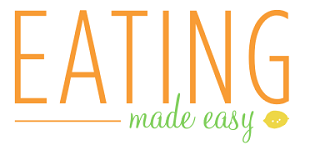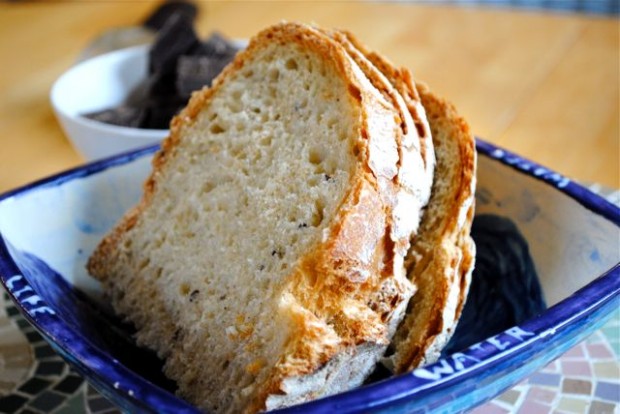Figuring out whether your bread, pasta, cereal, etc is really whole grain can be tough, because there are so many terms & words used on packaging to make you think a product is healthy, even if it’s not. Here are some of the most common terms defined, to help you make an informed decision about what products to buy:
100% Whole Grain
- No refined grains or refined flour was used
- Means product has fiber, which helps lower cholesterol and slows digestion so that you stay full for longer, and end up eating less.
- If something is 100% whole grain, it should have at least 3 grams of fiber per 100 calories.
- Note: there may be other grains used in addition to wheat, like oats, oat bran, spelt, flax, rye, or barley flour. These are all “whole grains.”
- This is a good sign. Buy products that say this.
100% Whole Wheat
- Made with only whole wheat flour, no refined flours
- If you read the ingredients list, you should see that the ONLY flours listed are stone-ground whole wheat, 100% whole wheat, or whole wheat.
- When buying bread, look for “100% whole wheat” on the label
Wheat
- This means nothing, because ALL bread (except gluten-free) is wheat bread. What you want is whole wheat.
- If you read the ingredients listand see “enriched wheat flour,” or “unbleached wheat flour,” or “fortified wheat flour” — don’t be fooled, these are not whole grains!
High Fiber
- Has at least 5 grams of fiber and less than 3 grams of fat per serving
- Good because fiber helps fill you up, and keep you fuller for longer
Good Source of Fiber
- Has 2.5-4.9 grams of fiber per serving
- May or may not be 100% whole grain, but if the ingredients are all whole grains, then it is
More Fiber or Added Fiber
- Has at least 2.5 grams more fiber per serving than the regular version of the food
- Watch out! — many products that have tons of fiber (like 10-25 grams/serving) have all sorts of unnatural additives to make them higher in fiber — and these added fibers do not have the same beneficial effects on health as naturally occurring fiber — so just be aware of this if you choose to buy these products.
- Good clues that a product is high in synthetic fiber (not the naturally-occurring kind):
- If the product is white, like a “country white bread” but has fiber — clearly the product is not whole grain because it’s white & refined, so you know the fiber is from an additive, not from the grain itself
- If the product is not the type of food that would normally have fiber (a grain, fruit, or vegetable) — like a Pop Tart, candy, beverage, or yogurt.
Made with Whole Grains
- There might be whole grains in the product, but the product is not 100% whole grain
- This is a company’s try at getting you to believe their product is completely whole grain, even though it’s not
Let me know if you have other specific questions about fiber or whole grains and I’d be happy to answer!





2 Comments
Debbie
March 17, 2013 at 8:46 pmI have heard that sourdough bread although not seemingly healthy is actually very digestible due to the sourdough. Any thoughts? Strangely after having a baby I eat bread more than ever before. Previously I rarely ate bread but I find my body wanting it and having no ill effects such as bloating or constipation at all. Maybe my intestines reset after birth?
Amelia
March 18, 2013 at 5:08 pmI’m not sure about the sourdough question – I’ll research and let you know! As for post-baby bread-eating, if you are breastfeeding, you are probably much hungrier and metabolize faster since you are burning so many calories making milk. If you’re not breastfeeding, I don’t have a good explanation – so I guess just enjoy it 🙂